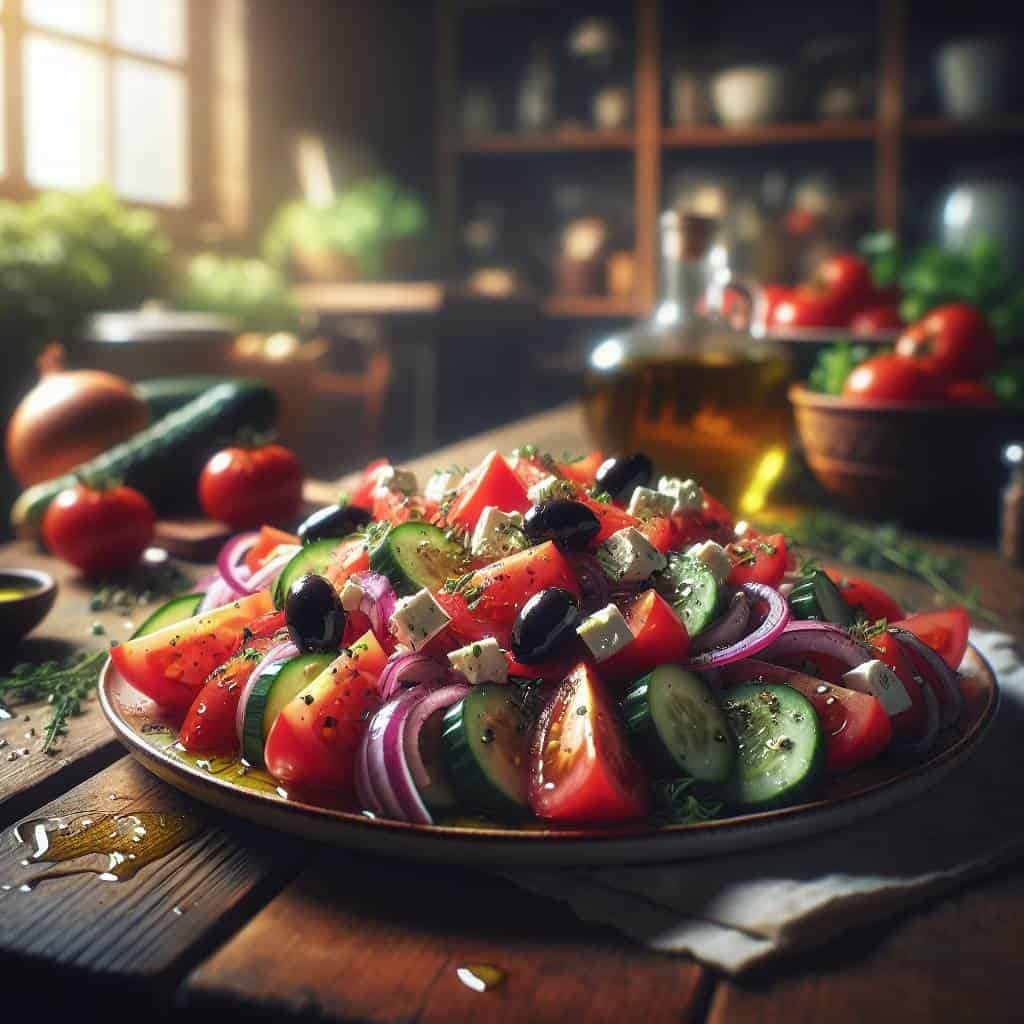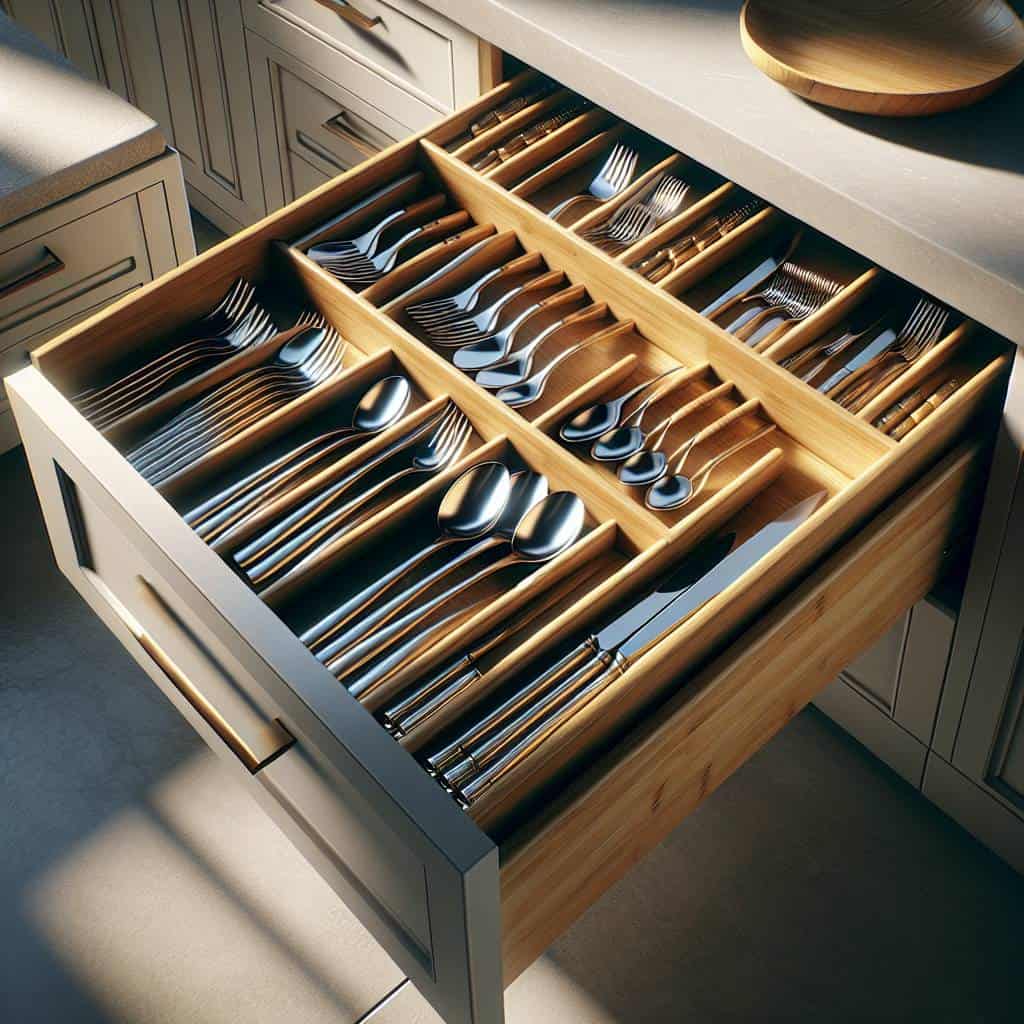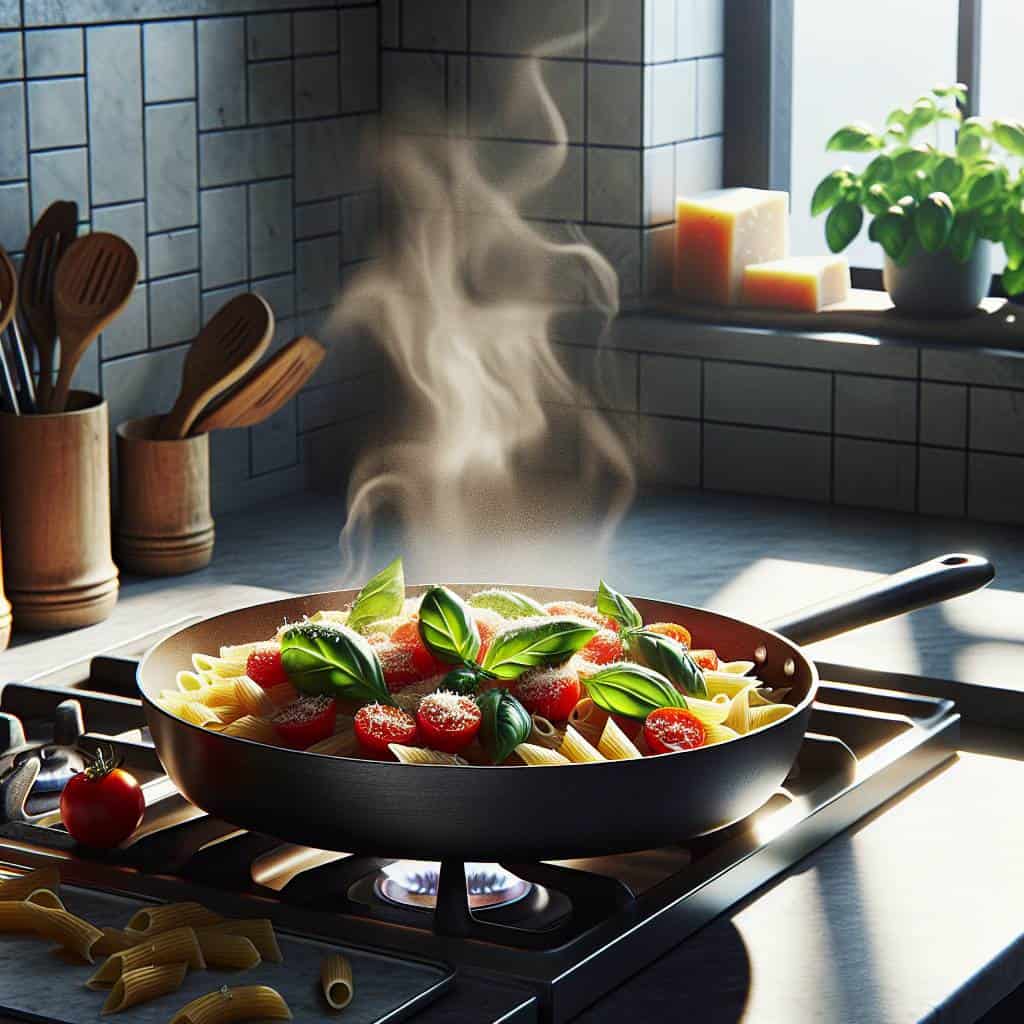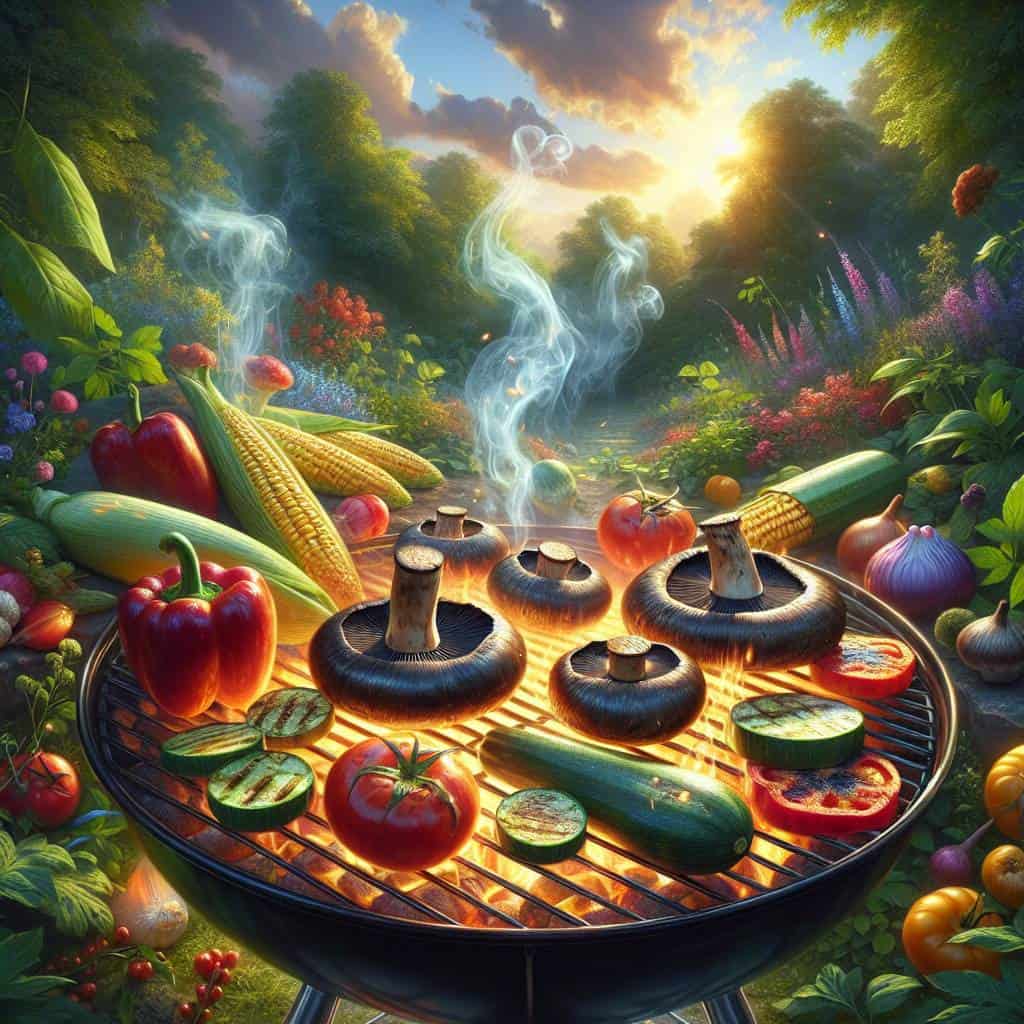I’ll tell you a secret: my early attempts at food photography were so dimly lit and poorly styled, they could’ve been mistaken for crime scene evidence. I’d hover over my plate, smartphone in hand, as if I were trying to channel the ghost of Ansel Adams through a device that was more adept at capturing blurry selfies than culinary masterpieces. And let’s not even talk about the time I tried to photograph a bowl of soup—it looked like I’d accidentally snapped a shot of a swamp. But here’s the thing: in those moments of chaos and imperfect lighting, I discovered the raw, unfiltered beauty of trying, failing, and trying again.

Now, whether you’re seeking to immortalize your grandmother’s secret recipe or simply want your dinner to look less like cafeteria mystery meat on Instagram, I’ve got your back. In this article, we’ll navigate the delicate dance of lighting, plate styling, and the maddening art of using your phone’s camera without wanting to throw it across the room. So grab your favorite dish, and let’s turn those cave-like dinner photos into something that even your camera roll will be proud of.
Table of Contents
Why My Phone Camera Is My Unlikely Partner In Crime
In the world of food photography, my phone camera is the unexpected hero, the underdog that steps up when the stakes are high and the light is low. It’s a humble device, without the grandeur of a DSLR, yet it’s become my accomplice in capturing the soul of every dish that graces my table. You see, it’s not just about snapping a picture of a well-styled plate; it’s about freezing a moment, a fleeting nuance that tells the story of a meal shared, a recipe passed down, a kitchen experiment gone right. My phone camera and I, we dance around the kitchen, chasing the perfect light that spills through the window at golden hour, or improvising under the harsh, unflattering glare of overhead bulbs.
There’s a kind of thrill in using what’s at hand, in embracing the limitations and turning them into strengths. A phone camera forces me to be deliberate with my choices—angles, lighting, the way the fork’s shadow stretches across a plate. It’s a collaboration of intuition and technique. I find myself crouching low or standing on tiptoes, moving plates closer to windows, adjusting napkins to catch just the right sliver of light. It’s a process that demands patience and experimentation, and when everything aligns, the result is nothing short of magical. In those moments, my phone camera becomes more than a tool; it’s a silent partner in my culinary escapades, capturing the extraordinary hidden within the ordinary.
Capturing Flavor Through the Lens
In the dim glow of my kitchen, where shadows dance and flavors whisper, I learned that the art of food photography isn’t about having the perfect camera—it’s about sculpting light and weaving stories with every click.
The Unsung Artistry of Homegrown Frames
In the quiet corners of my kitchen, where the light dances whimsically across countertops and the aroma of dinner wafts like an uninvited yet welcome guest, I’ve found a peculiar kind of magic. My phone camera—my unlikely partner in this nightly ritual—captures more than just the food; it captures the fleeting moments that bind the chaos of cooking to the calm of creation. It’s a dance of shadows and highlights, of imperfect angles and spontaneous styling, where every click is a testament to the beauty of the mundane. And it’s in these imperfect frames that the stories truly live.
Perhaps that’s the heart of it all—the understanding that perfection isn’t the goal. Instead, it’s about finding that one shot where the lighting isn’t ideal, but the emotion is palpable. Where the plate isn’t styled by a chef, but by the hands that know the love that went into each ingredient. It’s in embracing the quirks of my phone camera that I’ve come to appreciate the artistry in every meal, and in every moment that follows. So, here’s to the nuanced tales written in pixels, where each photograph is a chapter in the ongoing story of home, of life, and of the simple, soulful act of sharing a meal.


